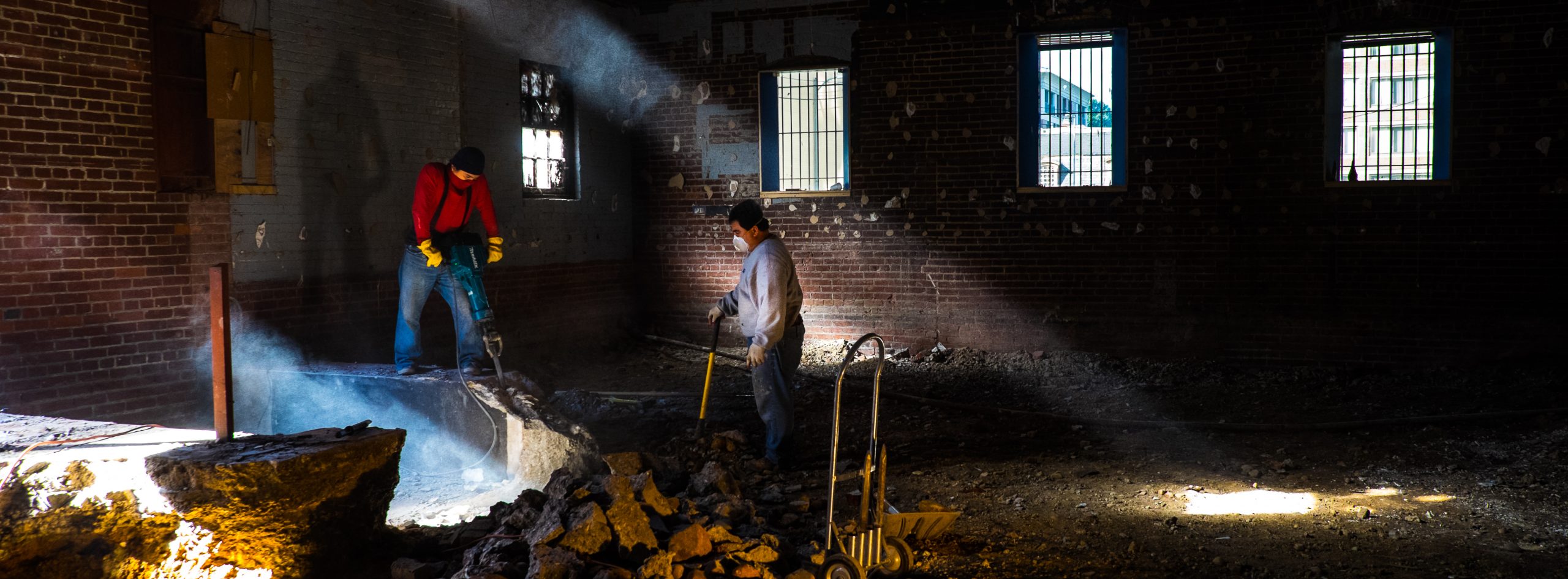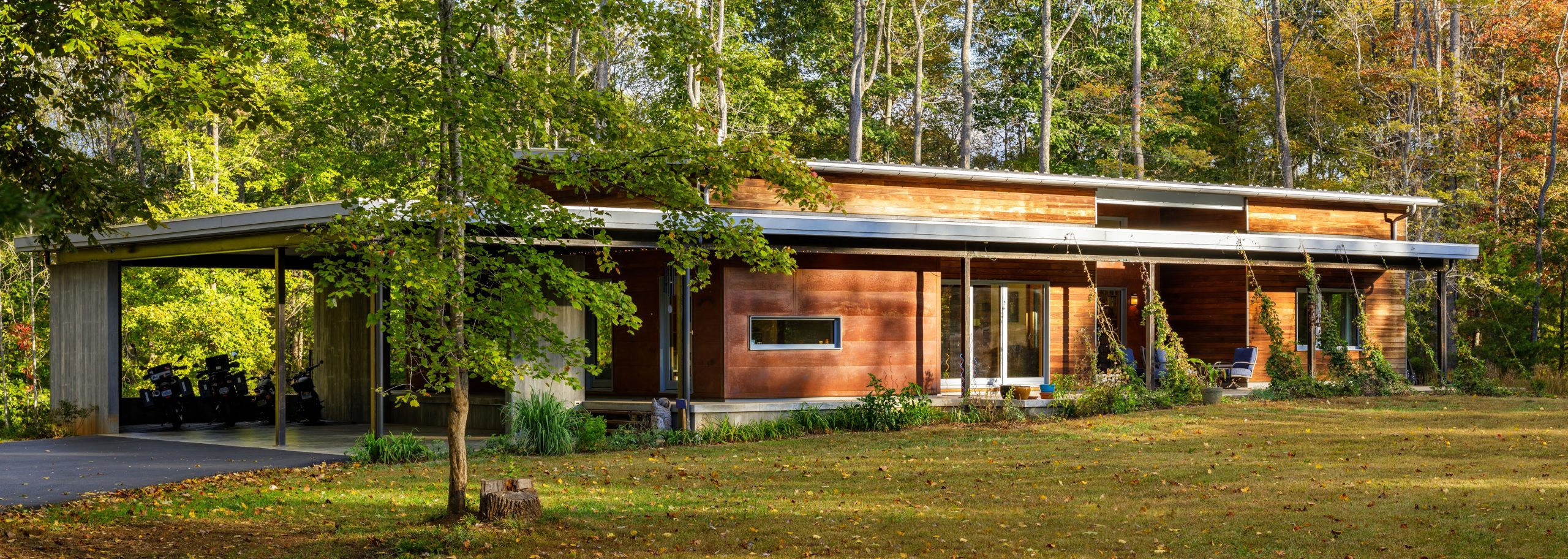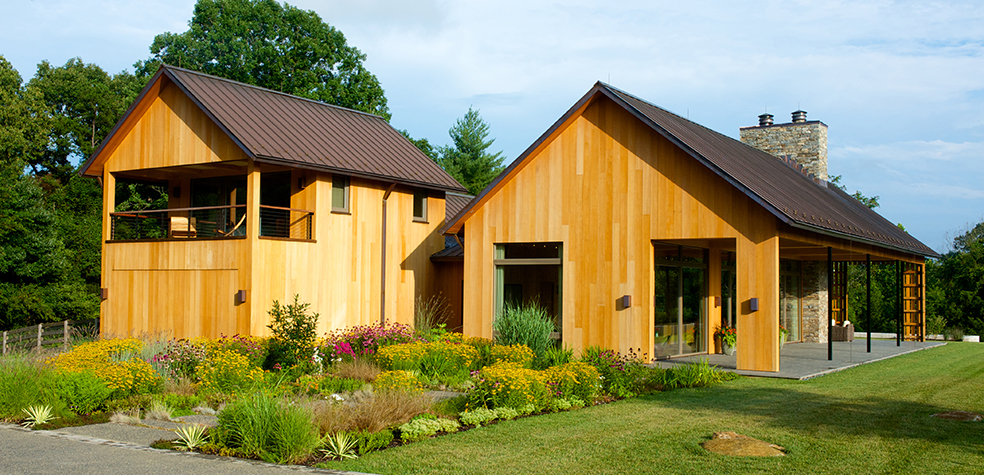Listed on the National Register of Historic Places, this 1905 structure is one of the last remaining stable/carriage houses built to serve the large mansions in the Dupont Circle area. Originally horses and carriages were housed below, and servants above. Over the last hundred years the building has been used as a garage, a car dealership, a fashionable restaurant, and in its last incarnation, a popular nightclub. When the current owner acquired the building, it lay empty and exposed to rain and weather. No original interior trim or features remained and the original layout had long been abandoned.
The design team at Peabody Architects was challenged by the owners to preserve this D.C. landmark, create a home for aging in place, and achieve as close to net-zero energy use as possible without sacrifice to comfort or lifestyle.
More »


